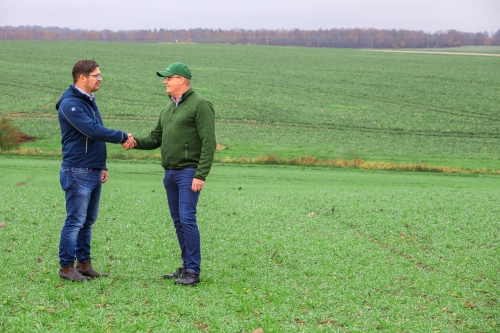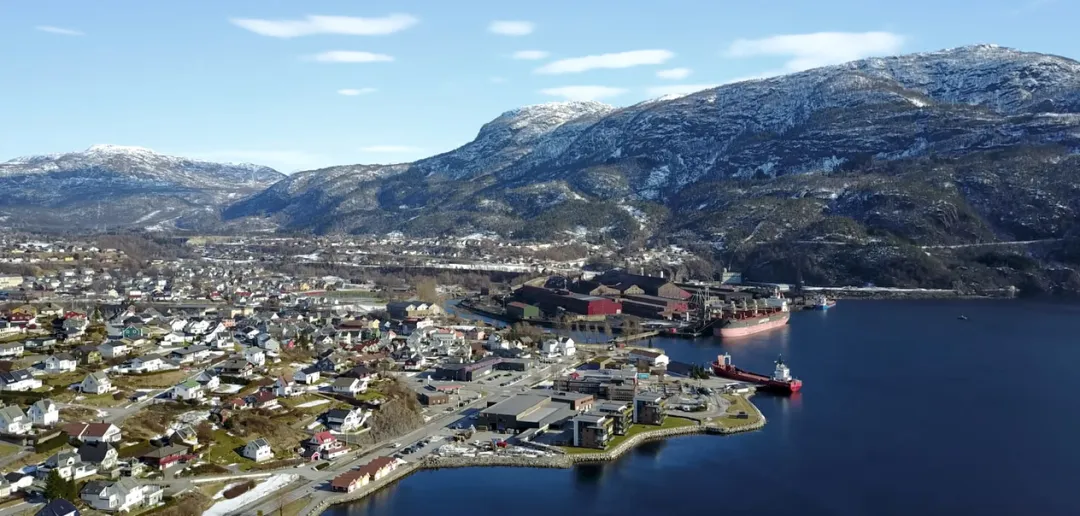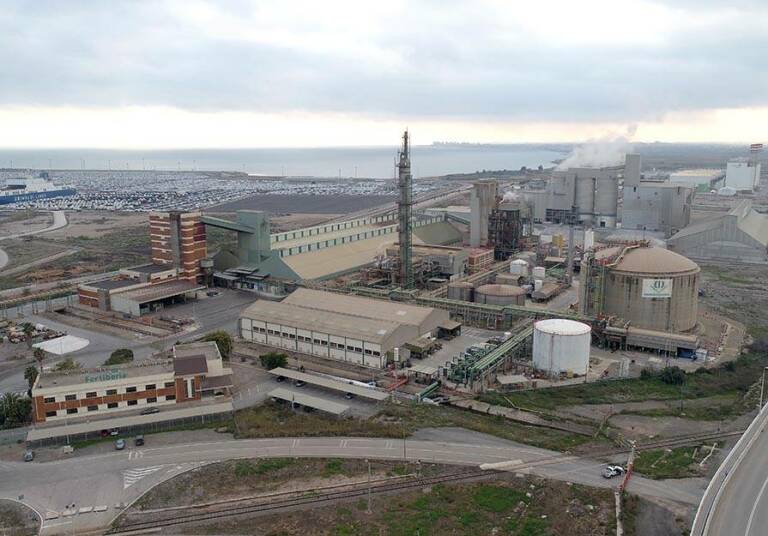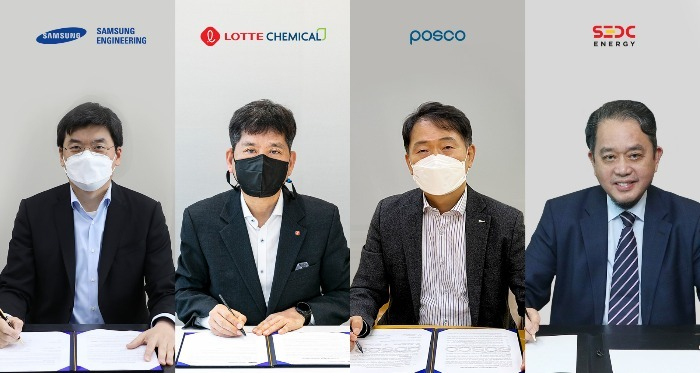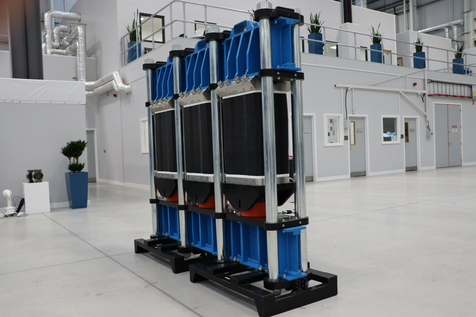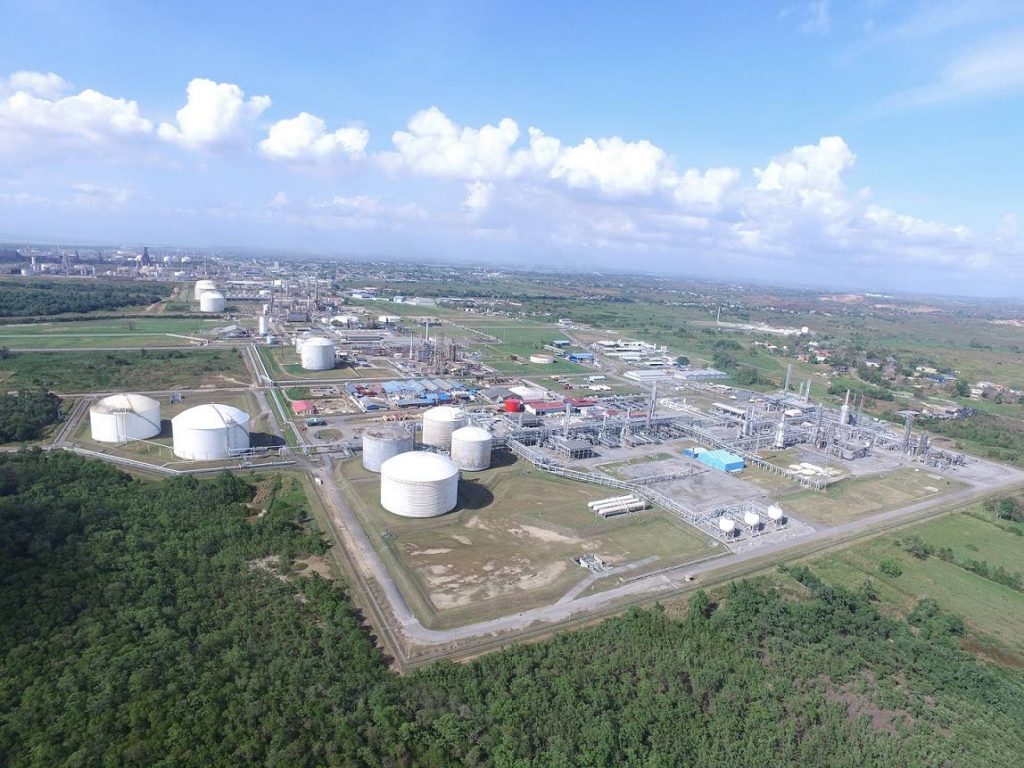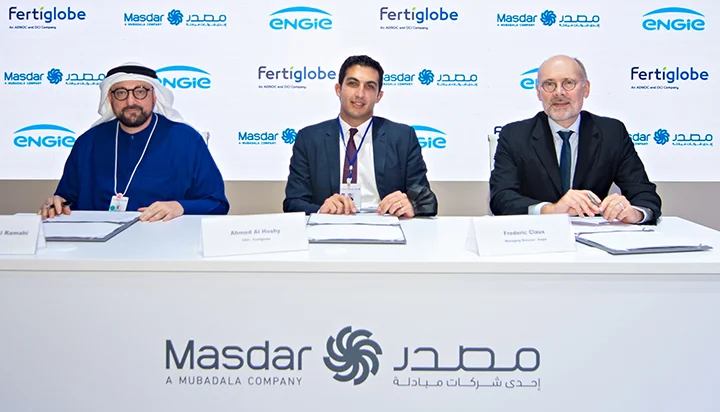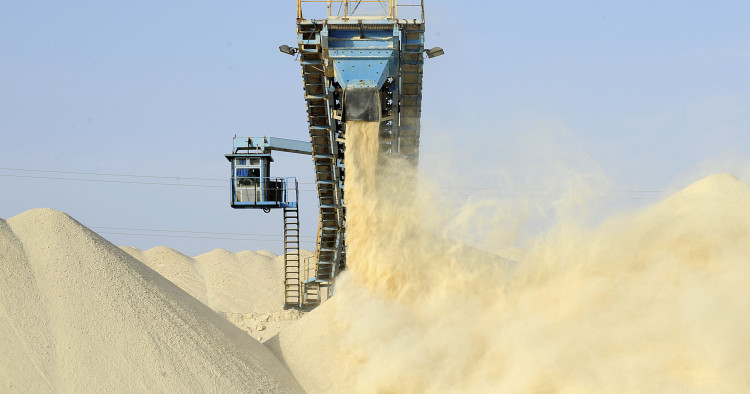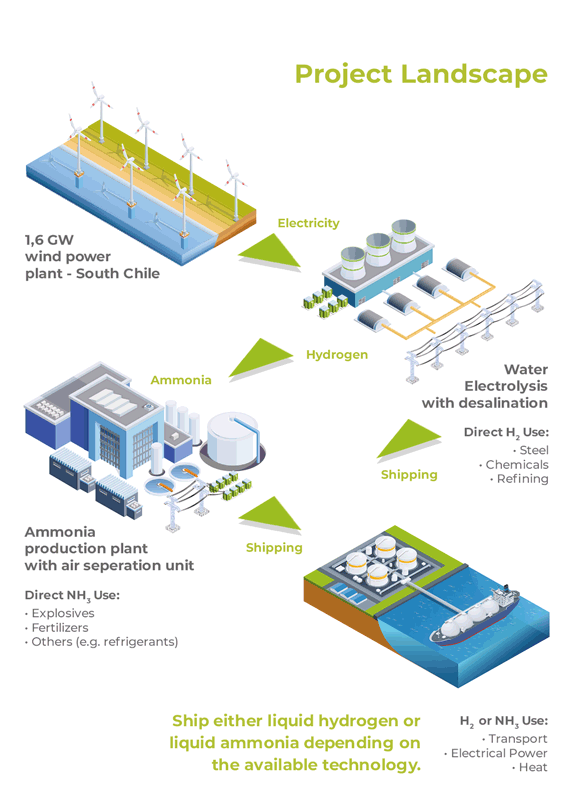A key green ammonia project was affected by Morocco's suspension of diplomatic relations with Germany in March 2021, and has been forced to proceed slowly, without any interactions with its German partners. The cooperation agreement between phosphate & fertiliser giant OCP, German research institute Fraunhofer and the Moroccan Institute for Research in Solar Energy and New Energies (IRESEN) aimed to replicate Fraunhofer's pilot green hydrogen plant in Ben Guerir, Morocco. Although Ireland-based Fusion Fuel stepped into the void with a deal to develop a 183,000 tonnes per year green ammonia plant in Rabat, the transition is far from guaranteed. In his new publication, Professor Michaël Tanchum (Middle East Institute) argues renewable ammonia represents a unique opportunity for Morocco a "vicious" cycle into a "virtuous" one, and should be a priority for the country and the international community.

